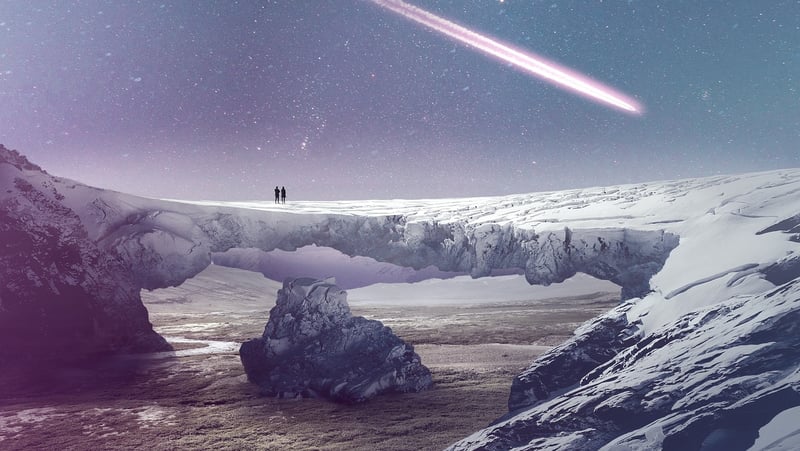Future Exploration
The Evolution of Exploration: From Ancient Times to the Future
Ancient Exploration
Ancient civilizations like the Egyptians, Phoenicians, Greeks, and Romans were early pioneers of exploration. They navigated the seas, crossed deserts, and traversed continents in search of new lands, resources, and knowledge. The development of ships, maps, and navigational tools during this era laid the foundation for future exploration.
Image of Ancient Exploration:
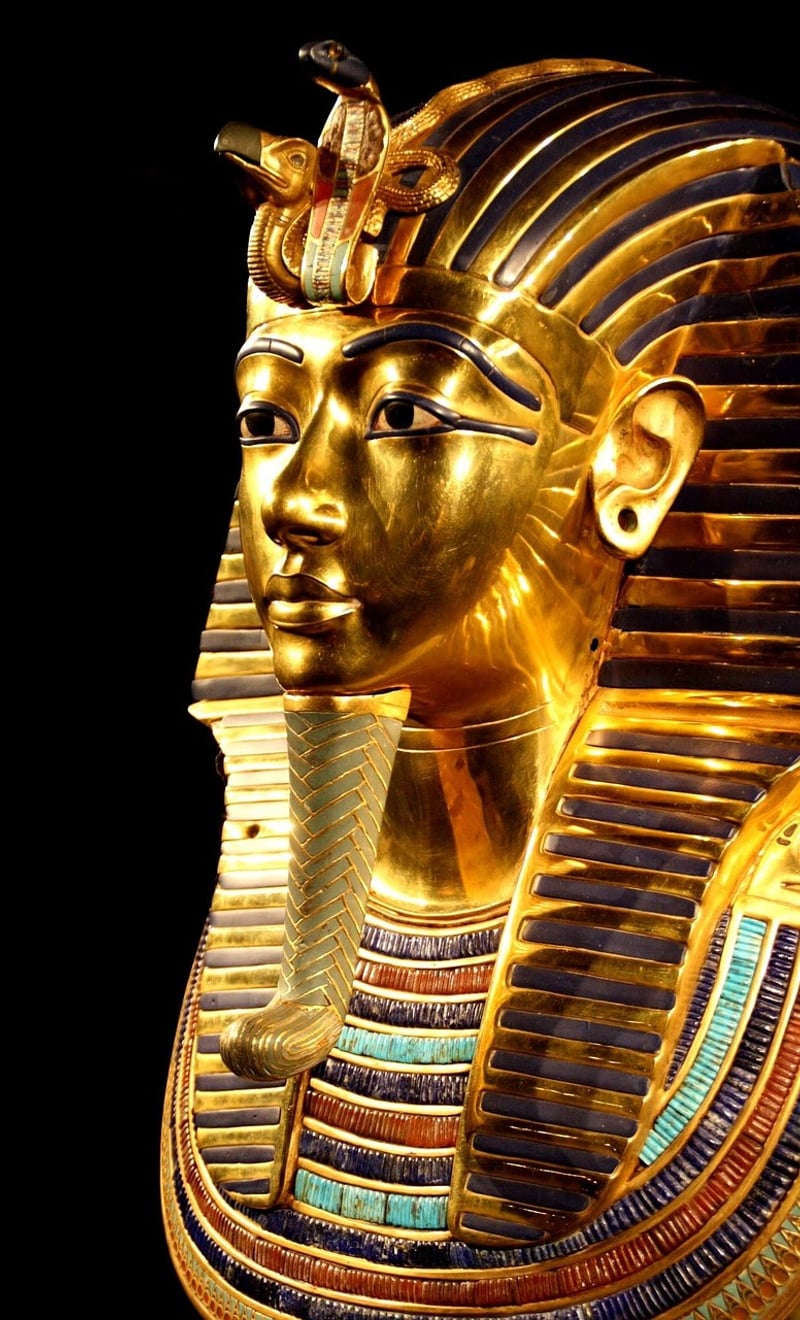
Age of Discovery
The Age of Discovery in the 15th to 17th centuries saw European explorers like Christopher Columbus, Vasco da Gama, and Ferdinand Magellan undertaking ambitious voyages to find new trade routes and expand their empires. This era led to the discovery of the Americas, circumnavigation of the globe, and the exchange of goods and ideas between continents.
Image of the Age of Discovery:
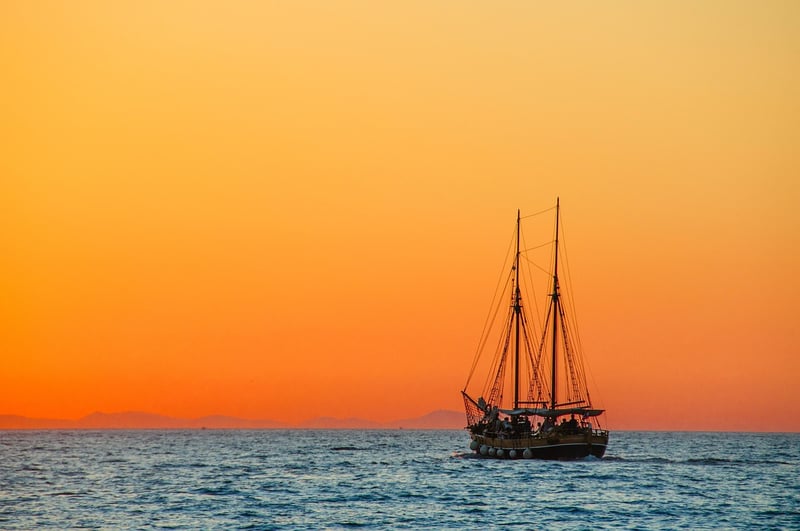
Modern Exploration
The 19th and 20th centuries saw explorers like Roald Amundsen, Amelia Earhart, and Neil Armstrong pushing the boundaries of exploration further. From reaching the poles to breaking the sound barrier and landing on the moon, modern explorers expanded our understanding of the world and beyond.
Image of Modern Exploration:
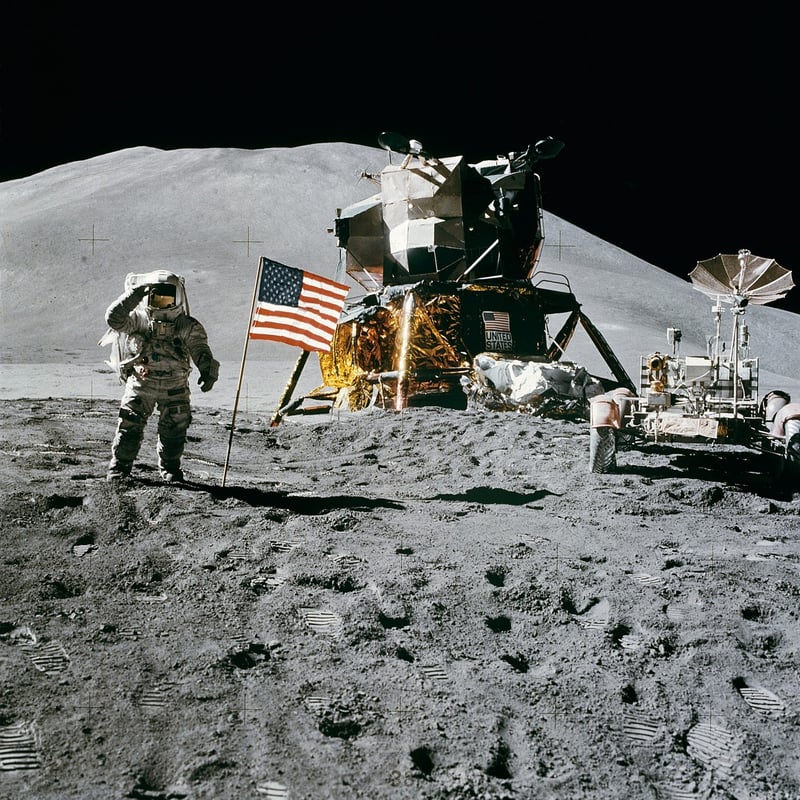
Future Exploration
As we look to the future, exploration continues to evolve with advancements in technology and space exploration. From missions to Mars and beyond, to deep-sea exploration and virtual reality travel experiences, the possibilities for future exploration are limitless. Humanity's thirst for discovery and knowledge drives us towards new frontiers.
Image of Future Exploration:
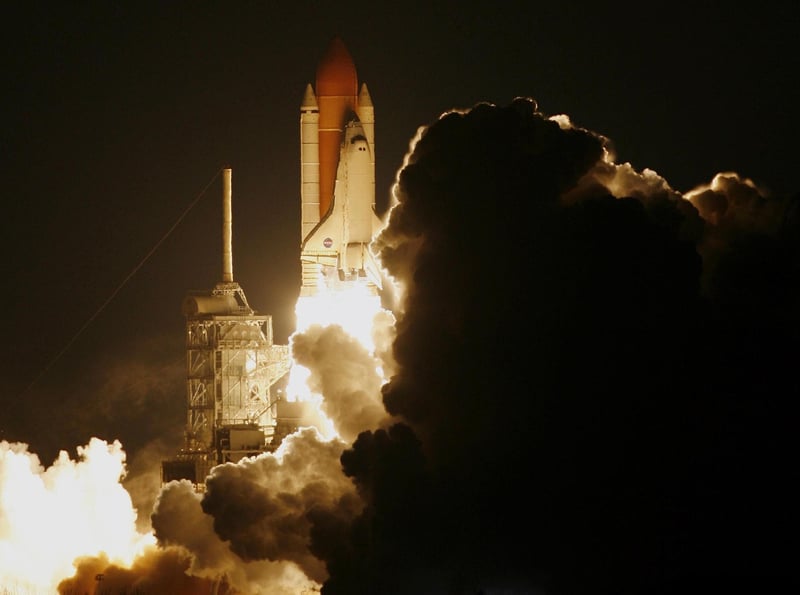
Exploration has been a fundamental aspect of human history, driving us to explore the unknown, expand our horizons, and push the boundaries of what is possible. Whether looking back at ancient voyages or forward to future missions, the spirit of exploration continues to inspire us to reach for the stars.
